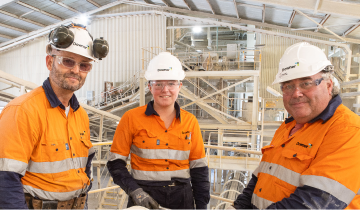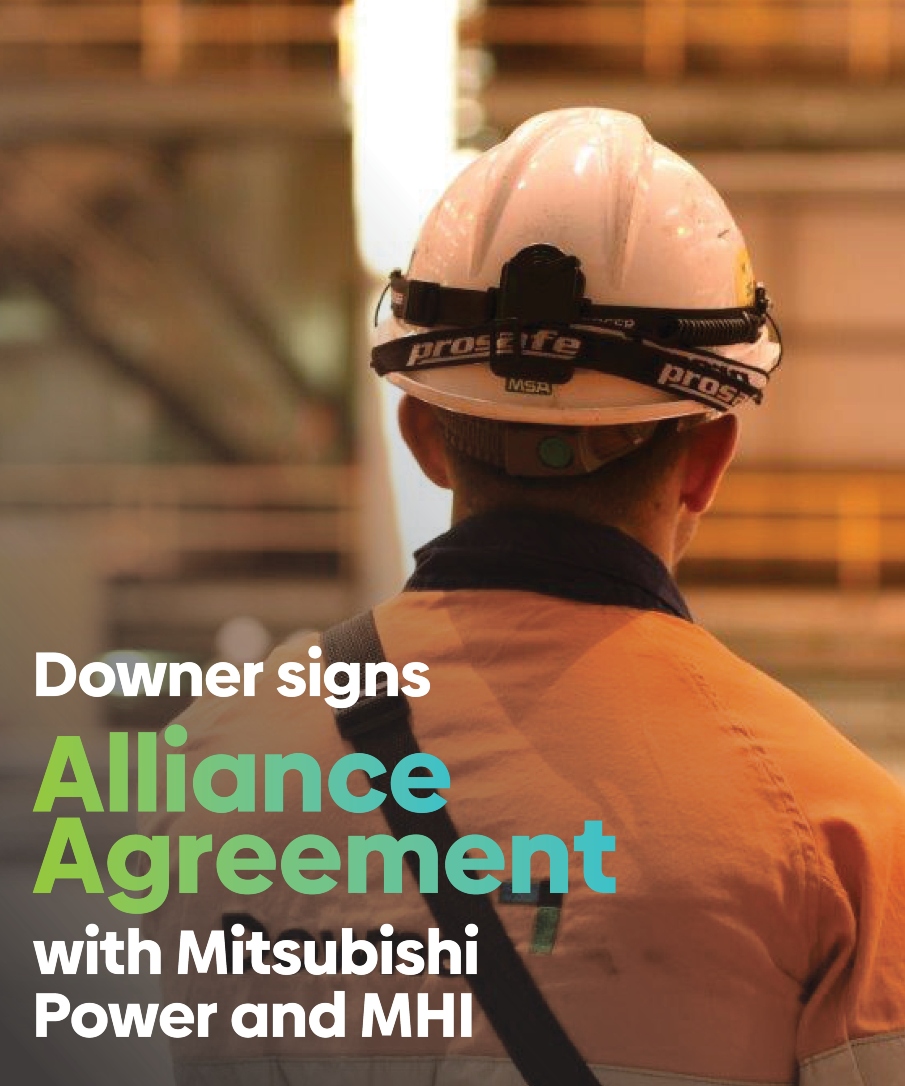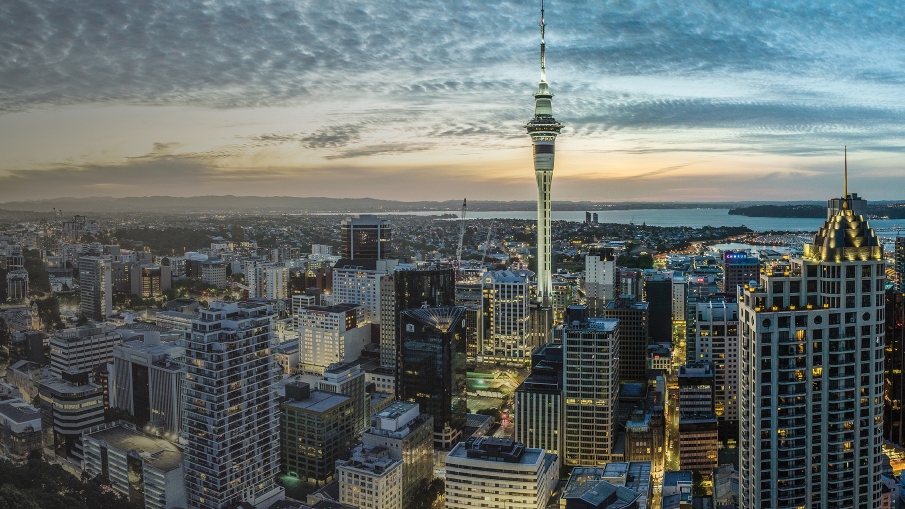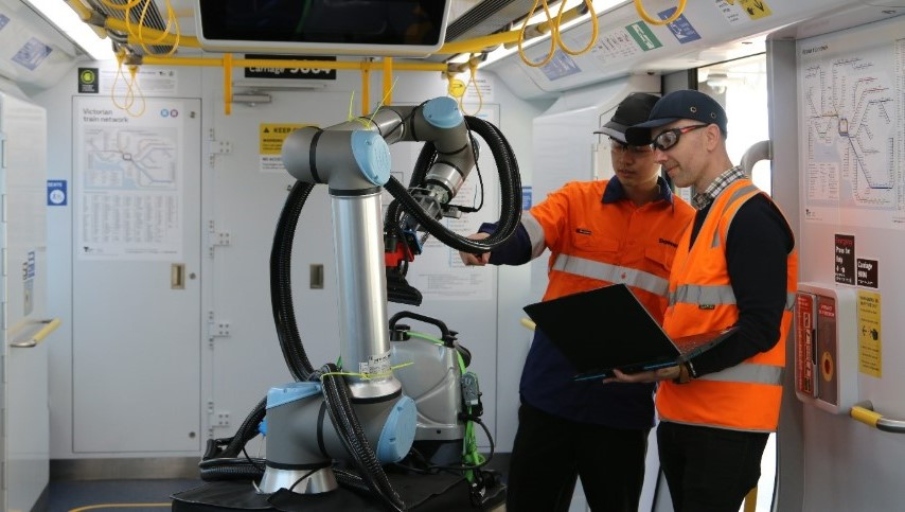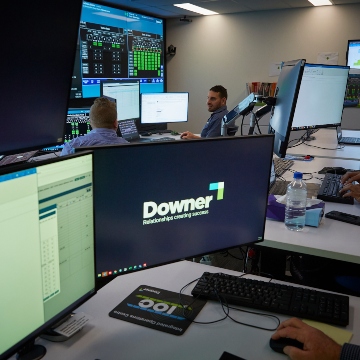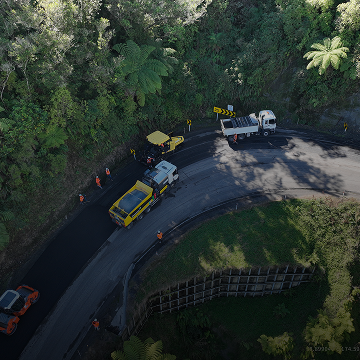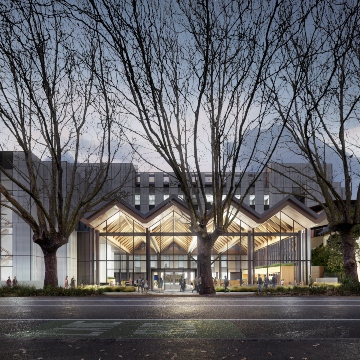-
About us
-
About us
Downer is listed on the Australian Securities Exchange and employs more than 26,000 people.
Learn more
-
-
What we do
-
What we do
Downer is a leading provider of integrated services in Australia and New Zealand.
Learn more -
-
-
Investors
-
Investors
View our latest ASX announcements as well as financial reporting, key dates and shareholder information.
Learn more
-
-
News and media
-
News and media
View the latest news from Downer as well as our capability brochures.
Learn more
-
-
Sustainability
-
Sustainability
We understand the importance of having a responsible and forward-thinking approach to sustainability.
Learn more
-
-
People and careers
-
People and careers
Our people are fundamental to the culture and success of Downer.
Learn more
-
-
Contact us
-
Contact us
Downer has over 300 sites across Australia and New Zealand with our head office based in Sydney.
Learn more
-
Embedded Video

-
Airports
White Paper
-
Downer Podcasts
-
Contract Announcement
Downer Podcasts
Where you can hear stories from our people. Browse through a range of episodes to hear about the real impact our people make.
Learn moreNew major contract announcement
Expanding our Field Services Agreement with NZ telco infrastructure provider Chorus.
Learn more-
Airports
White Paper
-
Downer Podcasts
-
Contract Announcement
Airports White Paper
Future-proofing the aviation sector: Optimising the benefit of Contractor input.
Learn moreDowner Podcasts
Where you can hear stories from our people. Browse through a range of episodes to hear about the real impact our people make.
Learn moreNew major contract announcement
Expanding our Field Services Agreement with NZ telco infrastructure provider Chorus.
Learn more- Select
- Jobs at Downer
- Latest News
- Case Studies
- Results Centre
At Downer,
our purpose is:
Enabling communities
to thrive.
Embedded YouTube Video
Our purpose guides us and gives us the courage to take on the big things. It also drives and supports our transformation journey and defines our commitment to creating a sustained impact on communities.
Enabling communities to thrive
At Downer, our customers are at the heart of everything we do. Learn more about who we are.
Our capabilities
Downer is the leading provider of integrated infrastructure services across Australia and New Zealand. Learn more about what we do.
Delivering for our customers
We focus on our customers’ success in everything we do. We believe that when our customers are successful, so is Downer.
Latest News
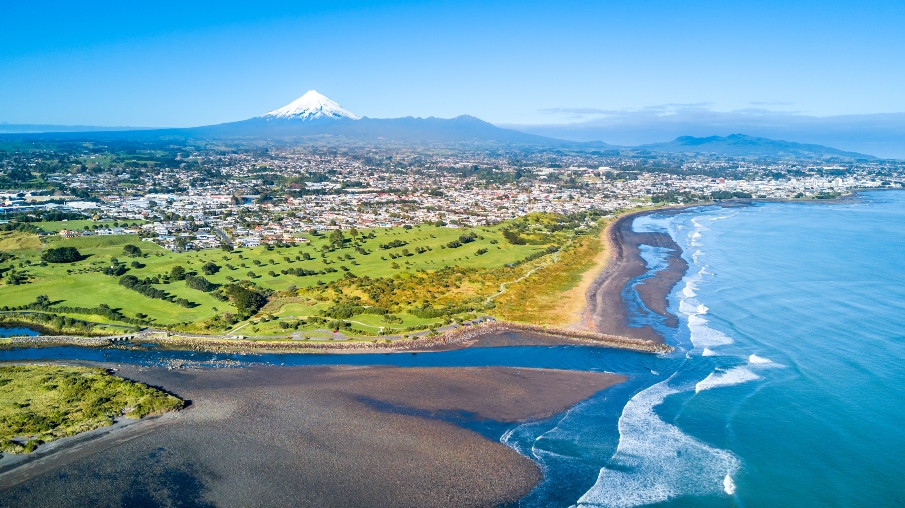
Downer awarded new NZ$600 million (~AUD$540 million) electricity field services contract by Powerco
Downer has been awarded a new Electricity Field Services Agreement with New Zealand energy distribution company, Powerco, valued at approximately NZ$600 million (AU$540 million) over a maximum term of 12 years.
31 March 2025Downer awarded new NZ$550 million telco contract in New Zealand
28 February 2025Downer included in the S&P Global Sustainability Yearbook
20 February 2025Transforming today for a better tomorrow.
Using AI to help keep our people safe at work
At Downer, keeping our people and communities safe is our number one priority – and we are constantly looking for new and improved ways of achieving this goal.
TNOC Coordinated Maintenance Activity Closures
For the past four maintenance seasons, TNOC has been regularly running multi-activity road closures across the Taranaki state highway network.
Adaptive reuse for the University of Auckland
Downer’s Hawkins business is delivering the rebuild of the University of Auckland’s Social Sciences building. But this is no ordinary rebuild.
Make a difference with Downer
Dreaming of something big? Take the next step in your career journey with Downer.
Careers at Downer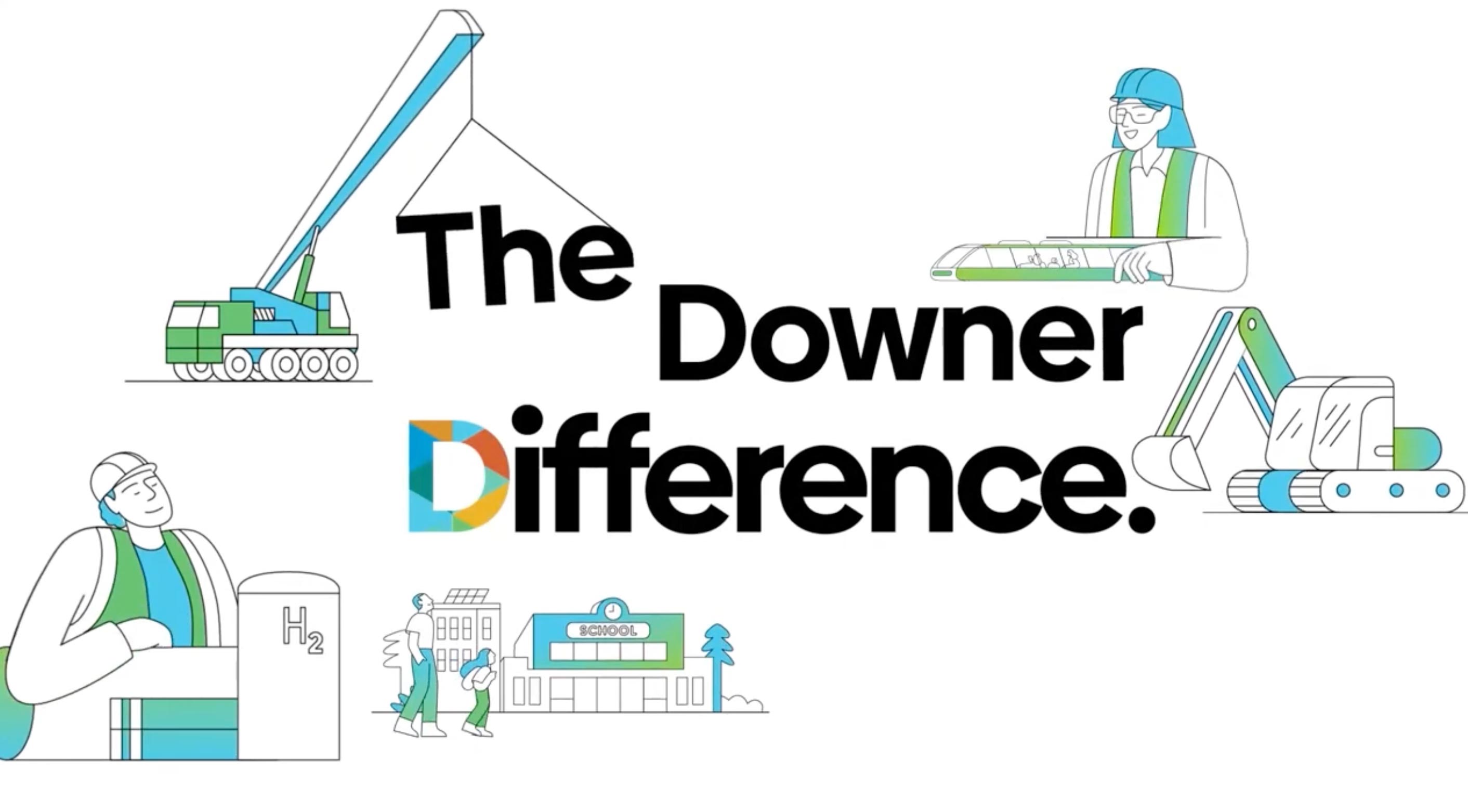
Embedded YouTube Video
Downer is the leading provider of integrated services in Australia and New Zealand and customers are at the heart of everything it does. It exists to create and sustain the modern environment and its promise is to work closely with its customers to help them succeed, using world-leading insights and solutions to design, build and sustain assets, infrastructure and facilities.
